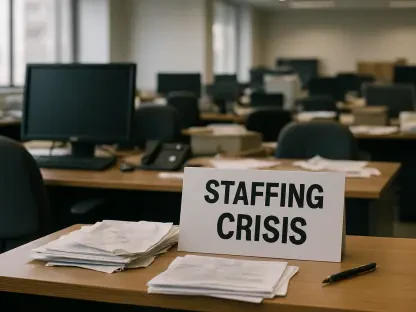Across the corporate landscape, employers grapple with not only the responsibility of creating safe environments but also the challenges posed by unforeseen workplace violence. Such incidents can originate from external parties, and the pressing legal question is how these employers should respond when violence ensues unexpectedly. This article delves into the intricacies of employer liability, focusing on cases where perpetrators are not members of the workplace.
Overview of Employer Liability in Workplace Violence
Employer liability in cases of workplace violence revolves around the question of foreseeability and duty of care. Legally, employers must take reasonable care to protect employees, but this responsibility varies in its application based on the context and nature of the threat. Notable cases like Gimenez v. McLane Co., Inc. offer insights into how courts interpret liability, particularly when employers face threats from non-employees. This case highlights the challenges employers encounter in balancing safety responsibilities with the unpredictability of violent acts, revealing the complex legal frameworks that govern employer liability.
Trends and Influence Factors in Workplace Violence Cases
Legal Developments and Precedents
The legal landscape surrounding workplace violence liability has evolved, with courts increasingly focusing on the concept of foreseeability. This legal principle stipulates that employers may only be held accountable for violent acts they could reasonably anticipate. As new precedents emerge, employers must remain vigilant about their safety protocols and legal duties. Recent verdicts have emphasized that while employers are obligated to provide safe workplaces, they are not automatically liable for unforeseen violence, underscoring the need for precise legal interpretations.
Risk Management and Prevention Strategies
Combatting workplace violence involves proactive risk management and prevention strategies. Employers are adopting comprehensive risk assessments to identify potential threats and enhance their security measures. Employee training programs focusing on conflict resolution and de-escalation techniques are becoming commonplace, alongside advancements in safety technology. Market trends indicate an increased investment in technologies like advanced surveillance systems and access control mechanisms, which serve to bolster workplace security.
Challenges in Addressing Unforeseen Violence
Employers face significant hurdles in effectively managing unforeseen violence, which often eludes conventional predictive measures. Security protocols can be limited by technological constraints and resource allocation challenges. Balancing privacy rights with enhanced security measures also complicates efforts to predict and prevent violent acts. Moreover, employers must navigate the intricacies of legal requirements that may be ambiguous or evolve over time.
Regulatory Framework Governing Workplace Safety
Workplace safety is governed by a robust regulatory framework, including laws like the Occupational Safety and Health Act (OSHA) and various state-specific standards. These legal structures demand that employers implement comprehensive safety and health programs to protect employees from harm. Recent regulatory changes indicate a shift toward more stringent safety measures, driving employers to reassess and upgrade their practices to mitigate potential liabilities.
Future Directions in Employer Liability and Workplace Safety
The landscape of employer liability is set to transform with advancements in security technologies and the development of new legal frameworks. Innovations such as AI-driven threat detection systems and sophisticated risk prediction analytics are anticipated to redefine workplace safety measures. Employers may need to adapt to evolving legal standards and technological solutions, positioning themselves to address liability effectively in the face of unforeseen violence.
Conclusion and Recommendations
Exploration of employer liability in workplace violence cases revealed crucial insights into the complex legal environment and preventive strategies necessary for handling such incidents. Employers seeking to mitigate liability must invest in robust risk assessments alongside comprehensive employee training programs. Looking ahead, embracing technological advancements and aligning with emerging legal frameworks are essential steps toward enhancing workplace safety and minimizing unforeseen vulnerabilities.









